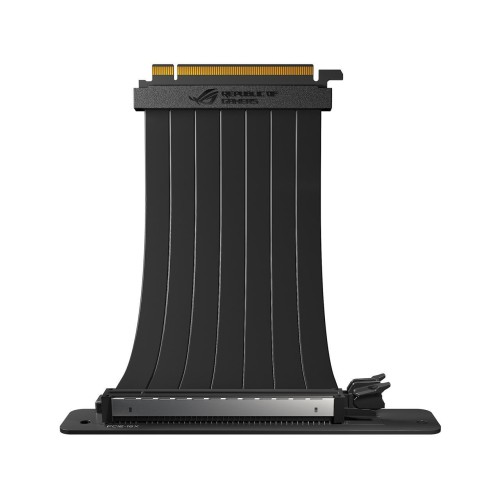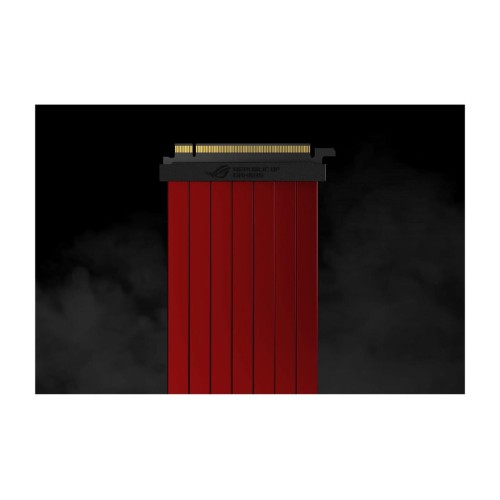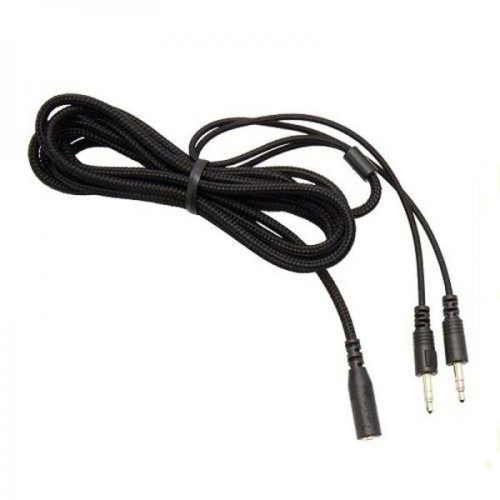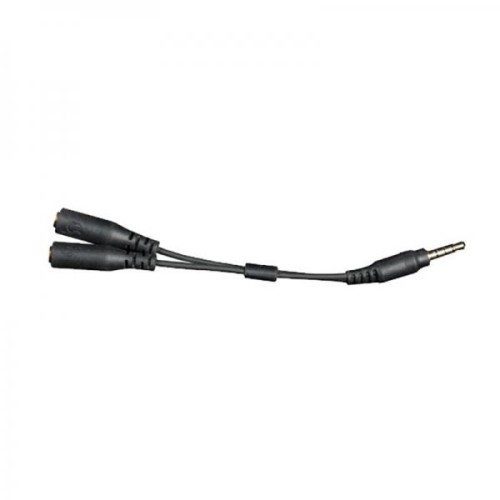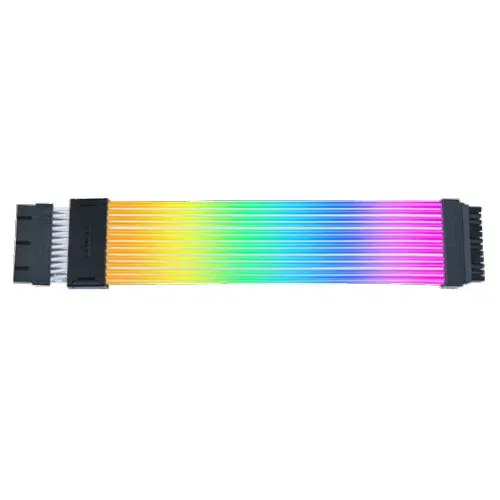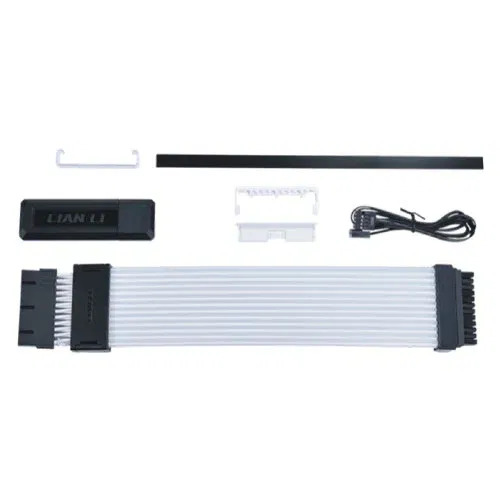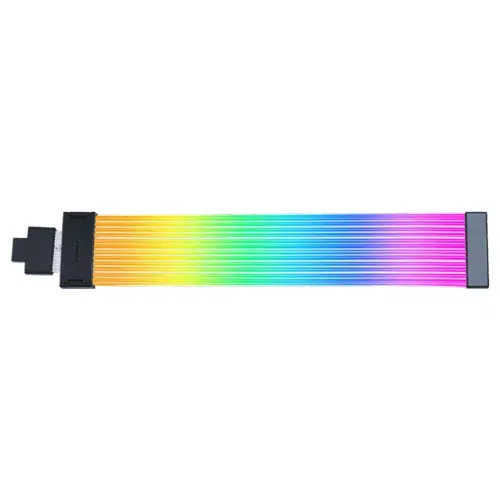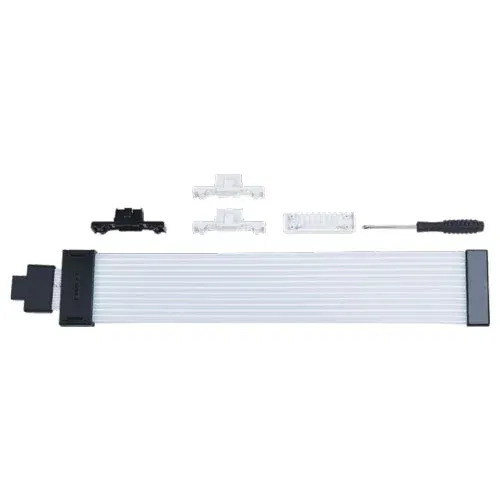Cable
PC Cable Description:
A PC cable is a physical connector that transmits data or power between a personal computer and another device.
Here are some key characteristics of PC cables:
- Type: There are various types of PC cables, each fulfilling a specific purpose. Some common examples include:
- USB (Universal Serial Bus): Used to connect various peripherals like keyboards, mice, external drives, and more.
- HDMI (High-Definition Multimedia Interface): Primarily used for transmitting audio and video signals to monitors, TVs, and projectors.
- DisplayPort: Another option for transmitting audio and video signals to displays.
- Ethernet: Connects your PC to a network router for wired internet access.
- Power cable: Supplies electricity to the PC.
- Length: PC cables come in various lengths, allowing flexibility in setting up your workspace based on the distance between devices.
- Connector: Each cable end has a specific connector that fits into the corresponding port on a device. Different types of cables have unique connectors.
- Material: Most PC cables are made of flexible materials like PVC (polyvinyl chloride) or braided nylon for durability and ease of use.
- Speed: Some cables, like USB, have different versions, each with varying data transfer speeds.
It's important to choose the right type of cable based on your needs and the compatibility with the devices you want to connect. If you're unsure which cable to use, consulting your device manuals or seeking assistance from a tech store can be helpful.

